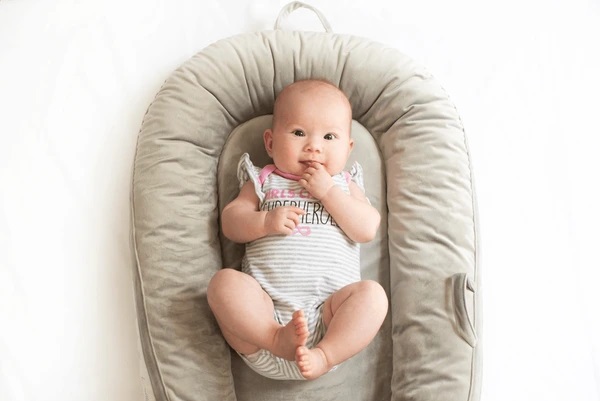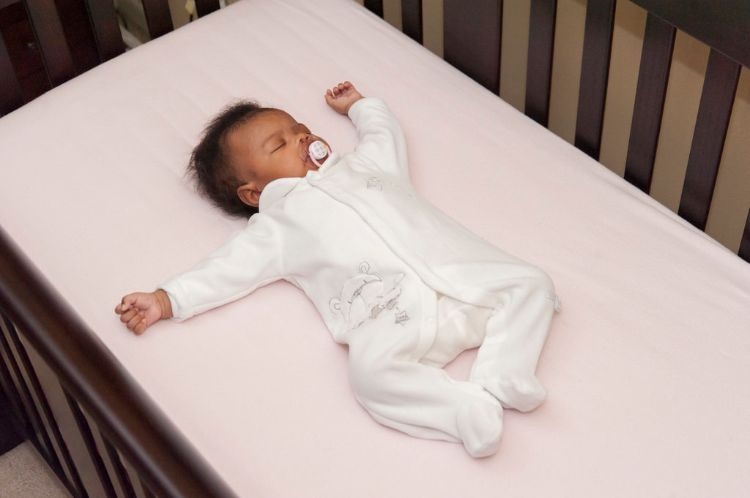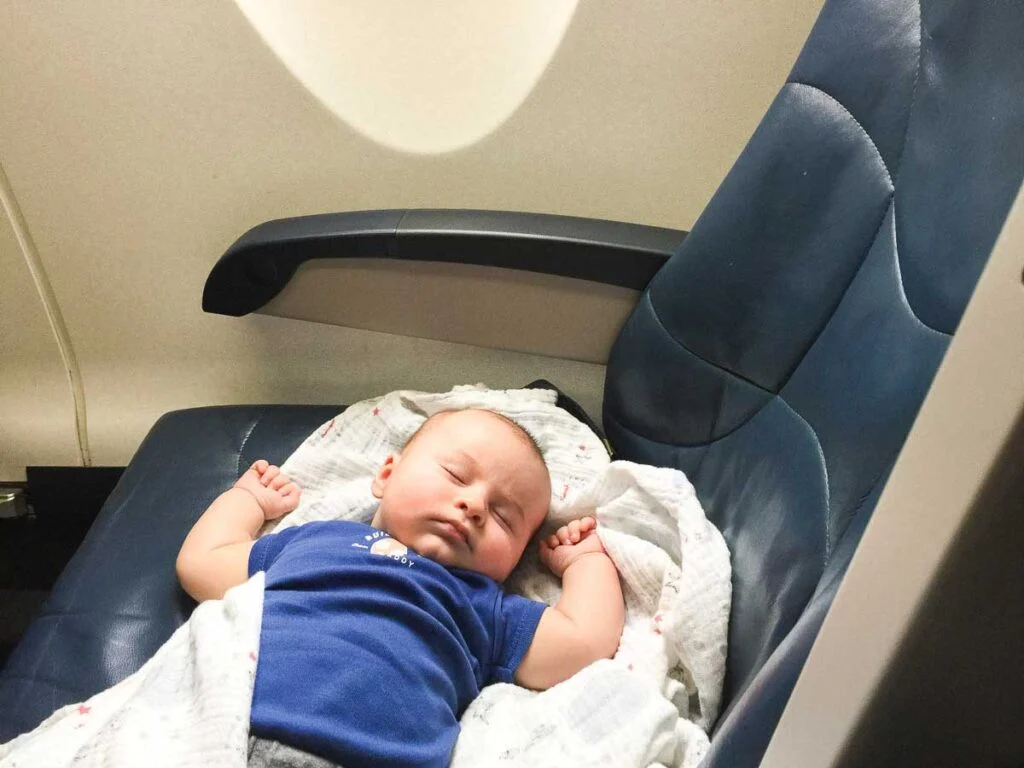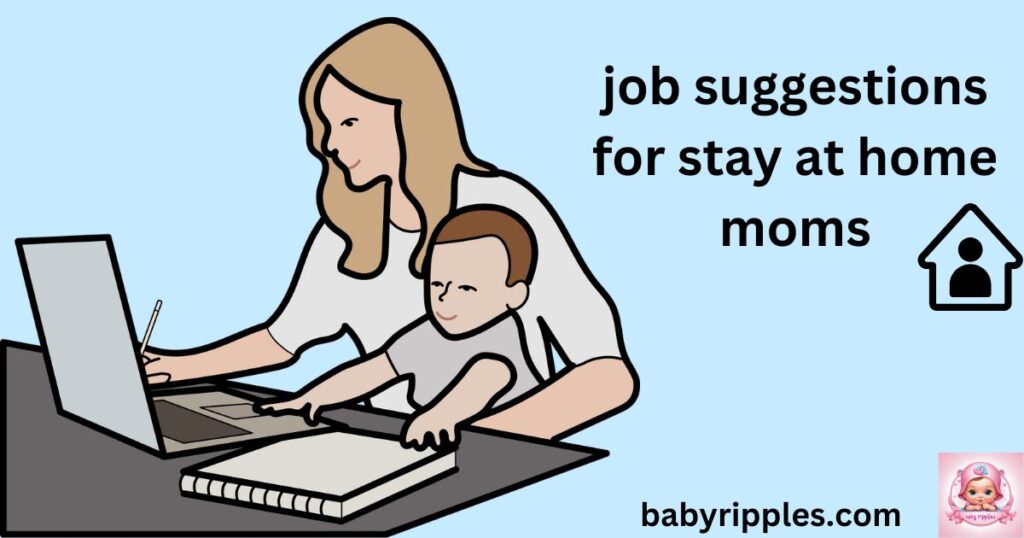Taking a baby on a trip may be both thrilling and difficult. Making sure their infant gets enough sleep while they are away from home is one of the parents’ top concerns. You’re not the only one who wonders where do babies sleep when traveling . This thorough guide will assist you in examining your alternatives and provide solutions to ensure a comfortable and stress-free vacation. We’ve covered everything, from portable cribs to co-sleeping choices. Let’s get started!
You may want to read: How to travel with infant on plane
- Factors to Consider Before Deciding Where Your Baby Will Sleep
- Top 7 Places and Products for Babies to Sleep While Traveling
- Step-by-Step Guide to Picking the Right Sleeping Solution
- Additional Tips for Ensuring Baby Sleep When Traveling
- FAQs About Where Do Babies Sleep When Traveling
- Final Thoughts on where do babies sleep when traveling
Factors to Consider Before Deciding Where Your Baby Will Sleep

To answer the question, where does a baby sleep when traveling, consider these key factors:
1. Your Baby’s Age
The sleep solution depends heavily on your baby’s age.
- Infants: Require more controlled and safe sleeping spaces like bassinets or travel cribs.
- Toddlers: May adjust well to co-sleeping or portable beds.
2. Your Travel Mode
- Driving: You can bring bulkier items like a travel crib or Pack ‘n Play.
- Flying: Lightweight, foldable sleep solutions are ideal due to luggage constraints.
3. Accommodation Type
- Hotel Rooms: Space may be limited, so compact options like portable bassinets or travel cribs work best.
- Vacation Rentals or Family Homes: Larger spaces allow for more flexibility in choosing sleeping arrangements.
4. Your Baby’s Personality
Some babies sleep well in new environments, while others might require familiar sleep aids like blankets or sound machines.

Top 7 Places and Products for Babies to Sleep While Traveling
1. Co-Sleeping in Bed with Parents

Co-sleeping is a popular option for parents who want convenience and closeness.
- Pros:
Requires no extra gear.
Ideal for breastfed babies who wake frequently at night.
- Cons:
May not be suitable for squirmy babies.
Ensure safe co-sleeping practices to avoid accidents.
For those wanting a safer co-sleeping setup, consider products like the First Years Close and Secure Sleeper. It creates a designated space for your baby in your bed.
2. Pack ‘n Play or Travel Crib

A Pack ‘n Play or travel crib is a versatile option for both infants and toddlers.
Why Choose It?
Provides a familiar sleeping environment.
Suitable for road trips and extended stays.
3. Portable Bassinets

If you’re traveling with an infant, a lightweight and compact bassinet like the Brica Fold N’ Go is perfect.
- Advantages:
Easy to pack.
Creates a cozy sleeping area for your baby.
- Limitations: Not ideal for older babies or toddlers.
4. Baby Loungers

Baby loungers provide a snug sleeping surface and are great for daytime naps.
- Top Pick: DockATot is a favorite among parents for its portability and comfort.
- Caution: Always supervise your baby when using a lounger.
5. Hotel-Provided Cribs

Many hotels offer cribs or cots upon request.
- Benefits:
Convenient—no need to carry extra gear.
Saves space in your luggage.
- Tip: Call ahead to confirm availability and ensure the crib meets safety standards.
6. Inflatable Toddler Beds

For toddlers who are outgrowing cribs, inflatable beds like the Hiccapop Inflatable Toddler Bed are a game-changer.
- Why It’s Great:
Lightweight and easy to inflate.
Provides a familiar bed-like feel.
7. Car Seats or Strollers

For shorter naps during the day, your baby can sleep safely in a reclining car seat or stroller.
- Portable Options: Choose a stroller with a fully reclining seat for added comfort.
Step-by-Step Guide to Picking the Right Sleeping Solution

- Evaluate Your Needs: Determine if you need a lightweight option for flying or a full-sized crib for a road trip.
- Research Your Accommodation: Check if cribs or cots are provided at your destination.
- Test the Product at Home: Before traveling, let your baby get used to the travel crib or bassinet.
- Pack Sleep Essentials: Don’t forget familiar items like their favorite blanket or sound machine to recreate a comforting environment.
Additional Tips for Ensuring Baby Sleep When Traveling

- Stick to your baby’s regular sleep schedule as much as possible.
- Use blackout curtains or portable shades to create a dark sleep environment.
- Consider white noise machines to block out unfamiliar sounds.
- Dress your baby in comfortable clothing suited to the climate of your destination.
FAQs About Where Do Babies Sleep When Traveling
1. Where do babies sleep when they are traveling by air?
For flights, use a compact travel bassinet or let your baby nap in a reclining car seat.
2. What do babies sleep in when traveling by road?
A Pack ‘n Play or a portable crib works best for road trips since space isn’t as restricted.
3. How do you ensure baby sleep when traveling internationally?
Choose lightweight gear like travel bassinets and bring familiar items like a favorite toy or blanket.
4. Is co-sleeping safe while traveling?
Co-sleeping can be safe if done correctly. Consider using products like the First Years Close and Secure Sleeper for added safety.
5. What’s the best travel bed for toddlers?
Inflatable toddler beds like the Hiccapop are a top choice due to their portability and comfort.
Final Thoughts on where do babies sleep when traveling
It doesn’t have to be difficult to find where do babies sleep when traveling . You can select a product that meets the demands of your family by taking into account variables like age, mode of transportation, and lodging. Making sure your infant feels safe and at ease is crucial, regardless of whether you choose a portable bassinet, travel cot, or co-sleeping arrangement.
Look into the aforementioned choices, and no matter where your trip takes you, you can travel with confidence knowing your child will sleep well!





